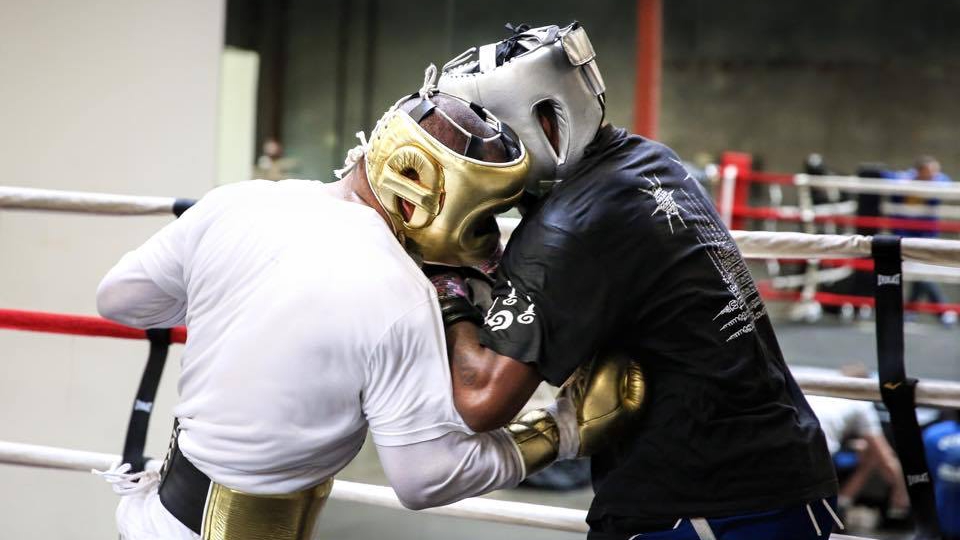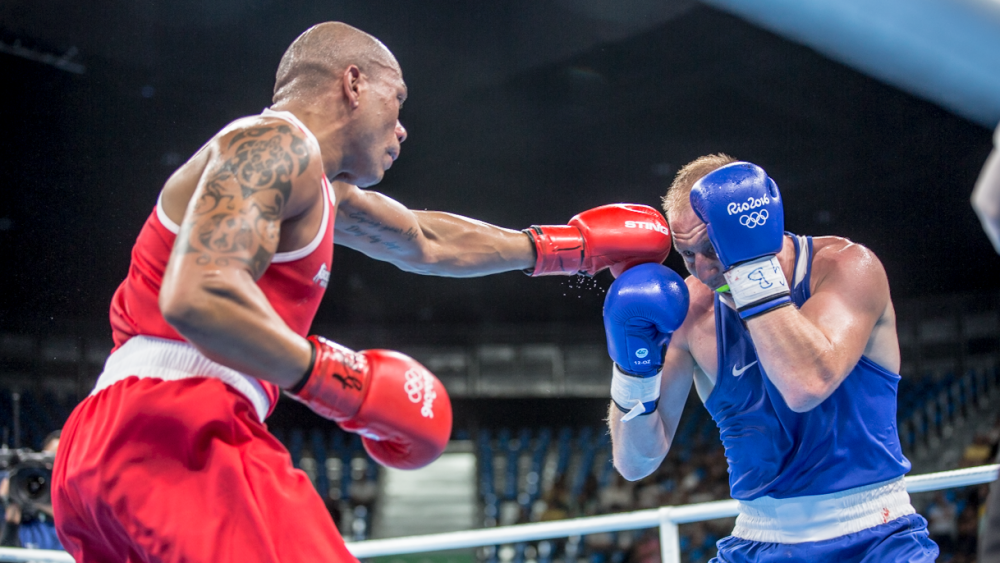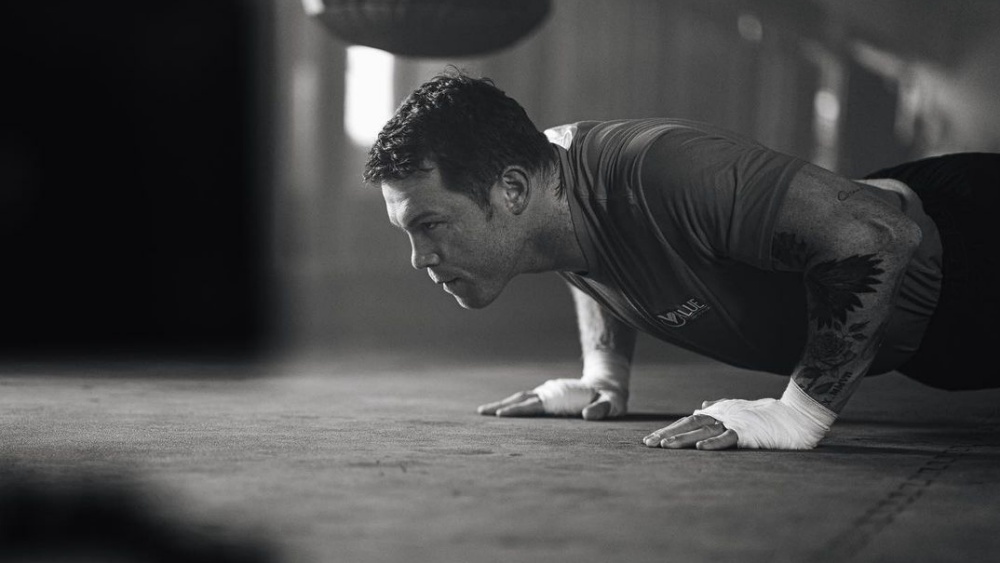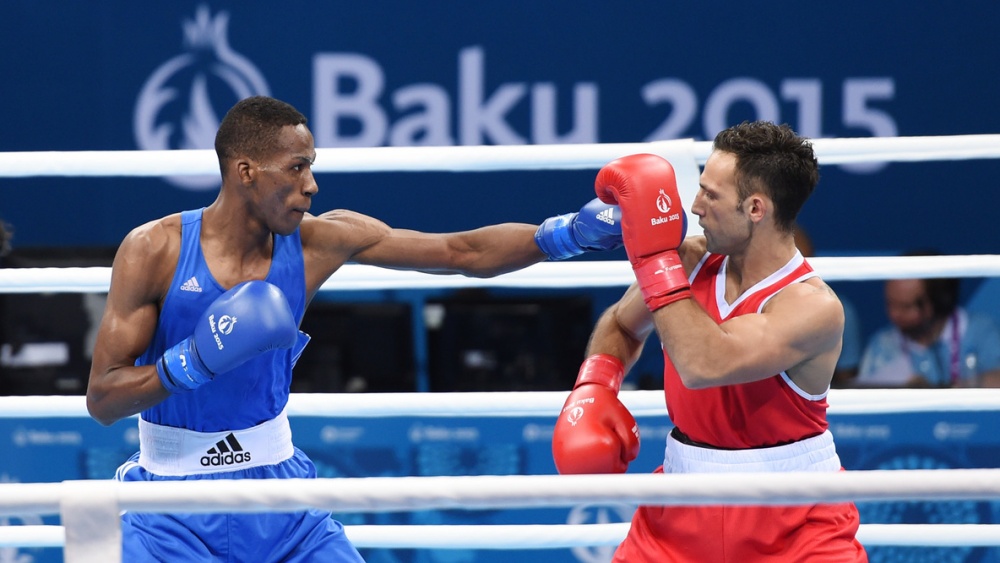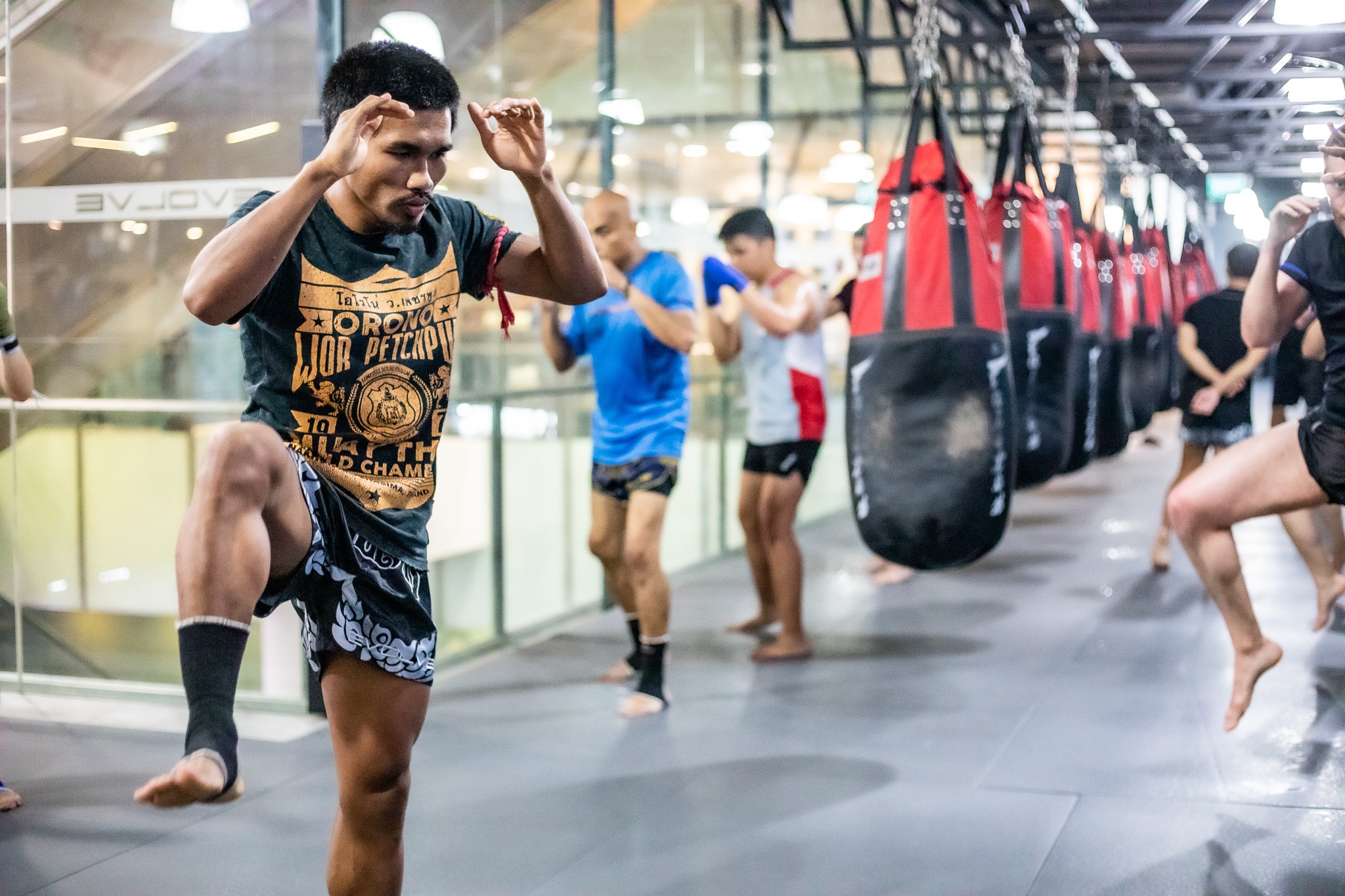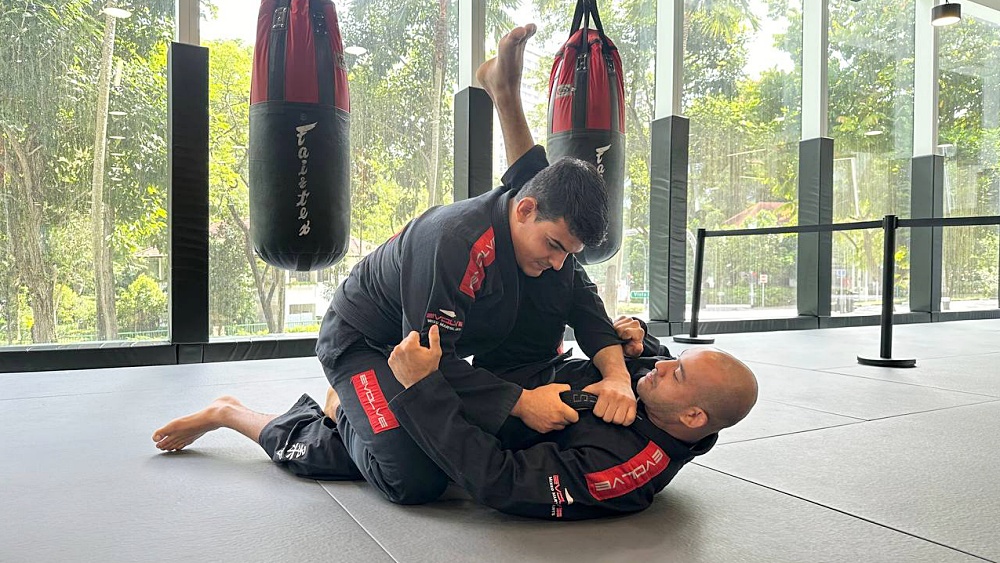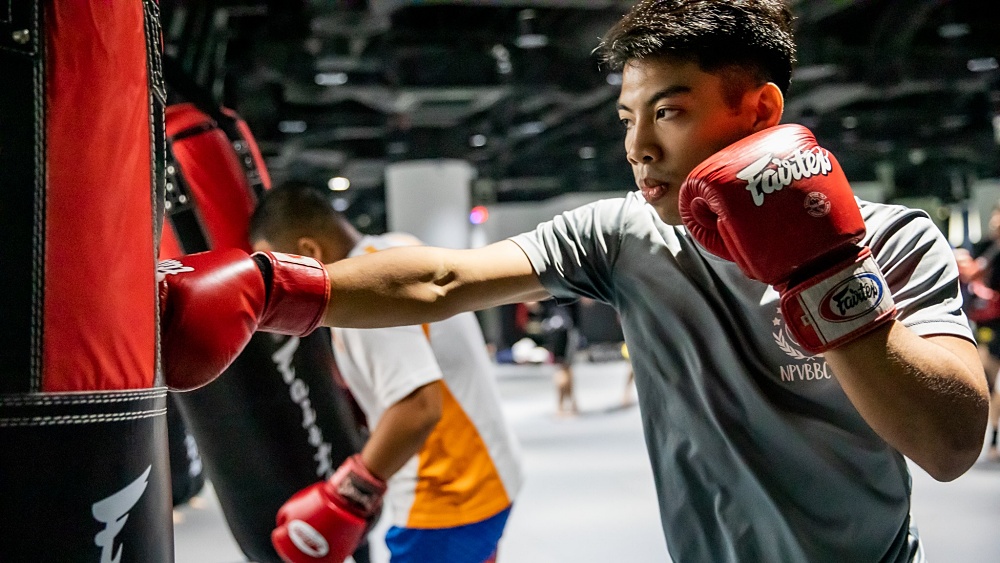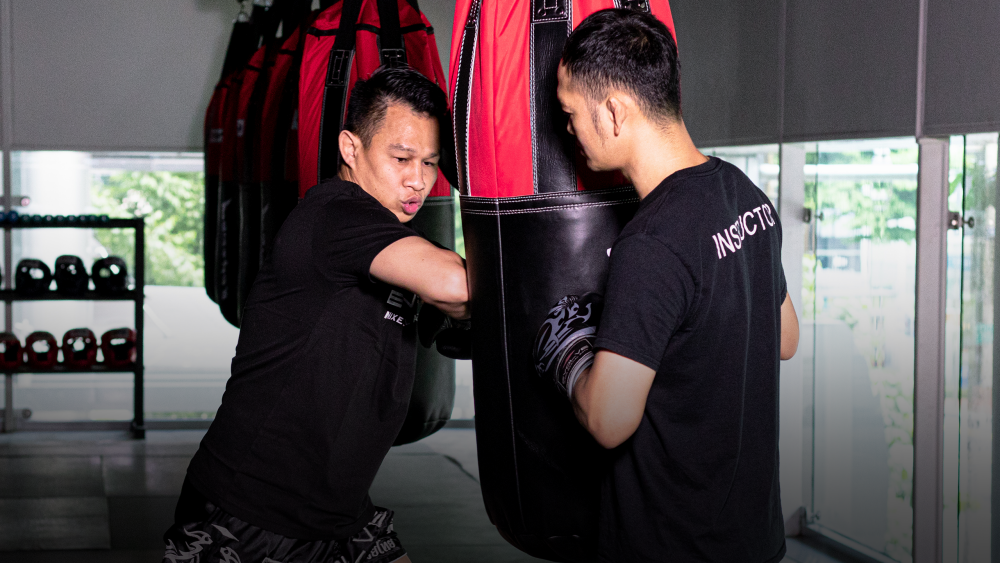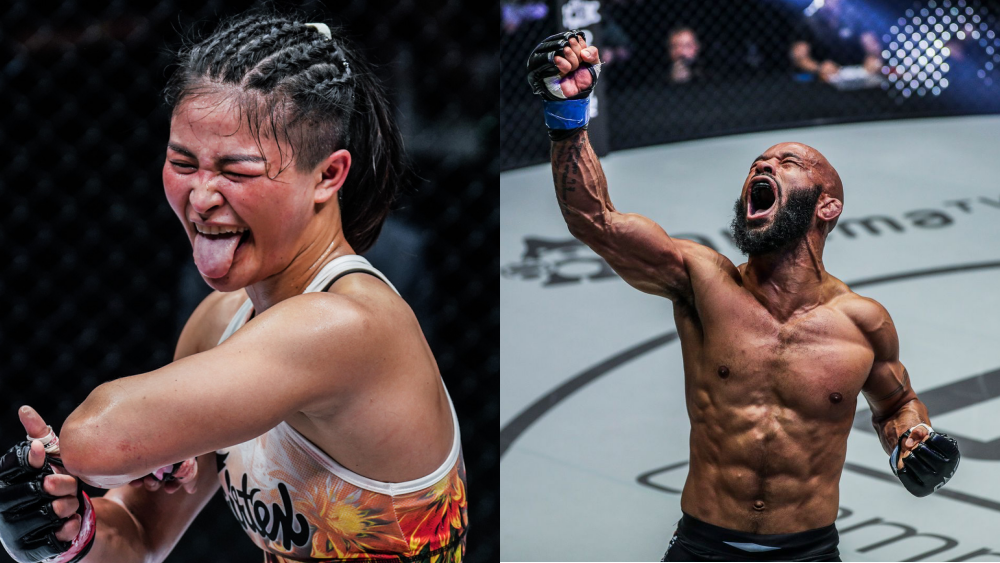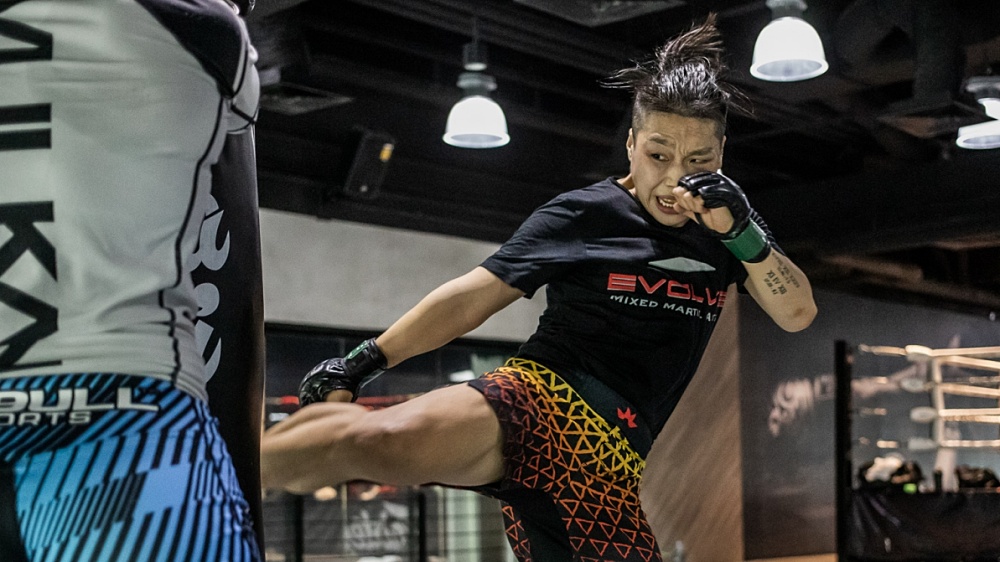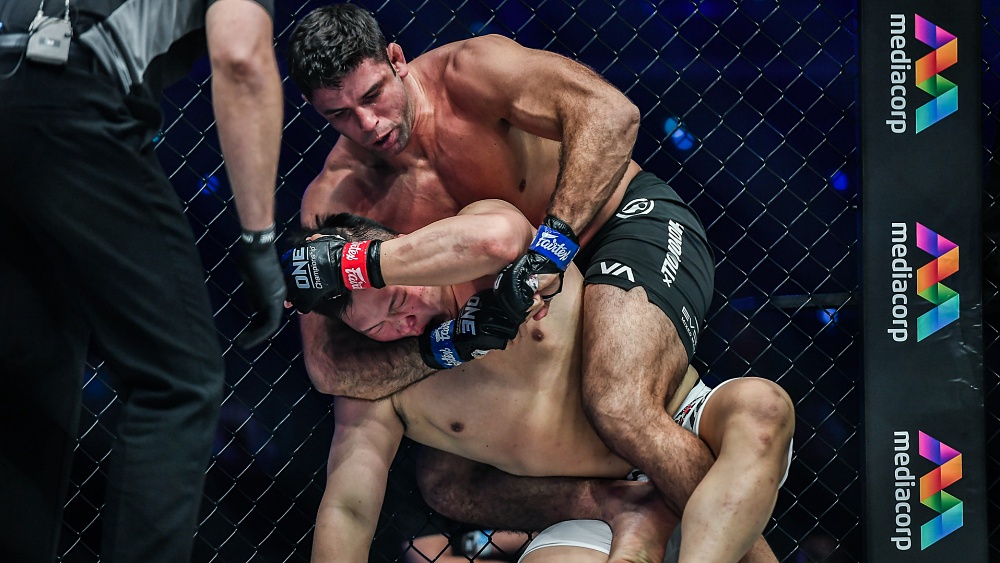Dirty boxing is a controversial topic but so very necessary to discuss. After all, boxing is real fighting, albeit in a controlled environment in the ring. As such, it’s important to study ALL techniques, including those rarely touched upon in traditional training.
Dirty boxing is considered a ‘dark art.’ It’s not about blatantly fouling an opponent by poking them in the eye with your thumb, or sending a haymaker down to the nether regions. It’s about twisting and bending the rules just enough in order to gain a slight competitive advantage. From sticking forearms and elbows in an opponent’s face, to throwing punches in the clinch, dirty boxing isn’t used so much to damage an opponent, but more so to frustrate them and throw them off their game.
Great fighters from Muhammad Ali and Wladimir Klitschko, to Bernard Hopkins and Floyd Mayweather Jr., have incorporated dirty boxing techniques into their own distinct fighting styles. It’s without a doubt an effective strategy, if used in the proper manner.
Today, Evolve Daily shares nine dirty boxing techniques to frustrate your opponent.
1) Referee Blindspot
There are a lot of things you can get away with if you know how to position yourself correctly. Maneuvering your opponent in a position between yourself and the referee will create a blind spot for the official. The likelihood of you getting caught executing an illegal move is then reduced greatly.
Former multiple-division boxing world champion Bernard Hopkins was a master of this technique in his prime. Hopkins would hide his illegal activity from the referee using this method, and a lot of his opponents became so frustrated, it threw them off their game both physically and mentally.
Hopkins was notorious for using this blindspot. He would purposely himself back into a corner or against the ropes to limit the referee’s field of vision. He would then hold his opponent’s wrist, hit them with short elbows and shoulder strikes on the inside, and not get penalized because the referee didn’t see it.
Be aware if your opponent tries this technique. You will notice a distinct movement pattern.
2) Toe Stepping
When an orthodox fighter meets a southpaw in the ring, they often step on each other’s toes by accident. It’s a natural occurrence in the ring due to the feet placement of the two different fighting stances. But ‘toe stepping’ or ‘foot stomping’ can be done on purpose, to impair an opponent’s movement, or cause them to think twice about moving at all.
This is done by extending the lead foot forward to purposely step on an opponent’s toe, followed by a punch, usually a quick lead cross. The toe step isn’t painful per se, but because the opponent can feel it, it causes enough shock to momentarily break their focus, allowing you to connect on the punch behind it.
Mexican boxing legend Juan Manuel Marquez used this technique multiple times, whether purposely or accidentally, in four fights against Filipino icon Manny Pacquiao. It was an especially controversial topic in their third bout. Fans felt Marquez’s excessive foot stomping greatly affected the fight.
Always be wary of where you place your feet in a boxing match, as the battle for lead foot position is a very important one.
3) Punch Into The Clinch
Sometimes, it’s difficult to initiate a clinch, especially when you do it so often. Opponents will make adjustments, and as soon as they see you moving in for the clinch, they will circle away and keep the fight at the center of the ring. One way to change things up, however, is by using your offense to transition into a clinch.
After throwing a straight punch, follow through right into the clinch. Your forward momentum will be enough to bring you in close quarters, and all that’s left would be to tie your opponent up. You can also try to initiate the clinch after a combination.
4) Tie Up The Arms
Some opponents are very aggressive and like to throw punches in bunches. This is where clinching can become tremendously effective. By tying up an opponent’s arms while he’s throwing a combination, you effectively neutralize that attack. Furthermore, you’re able to frustrate your opponent constantly.
Clinching to cause a break or pause in the action is a common grey-area defensive tactic used by a lot of sneaky fighters, even in the elite ranks. In some cases, this is actually part of their staple strategy.
Fighters like Ricky Hatton, Lennox Lewis, and Bernard Hopkins loved to tie up their opponents’ arms and disrupt their offense.
Not only is it frustrating, but it also forces opponents to act out on that frustration and open themselves up to making crucial mistakes.
5) Smothering
Stamina is a huge part of fighting. One surefire way to drain an opponent’s stamina is by using leverage in the clinch. Drape your body over your opponent, using your arms and gloves to lace around his body and force him to carry your weight.
The more your opponent tries to wiggle his arms loose, the tighter you have to hold. It won’t only be difficult for him to break free, but also immensely draining. It’s like swimming in quicksand, with a straitjacket on. Do it often enough and early enough, and your opponent will have nothing left by mid-fight.
This technique is called smothering, and it’s an amazing way to quickly and effectively suck the life out of your opponent without even throwing a punch.
6) Body Shots In The Clinch
While you’re unlikely to score a knockout in the clinch by attacking the head, you could do a lot of damage with body shots. Dirty boxing is an effective tactic, and is quite common in competitive boxing, particularly in the professional ranks.
Throwing body punches in the clinch while you have your opponent’s arms tied up is a great way to get some free shots in. They will have a hard time defending, and you can put together two or three shots before the referee steps in to break it apart.
Digging constantly to the kidneys and the liver will sap the energy from your opponents. While these single shots don’t really do much individually, the accumulation of shots should have an increasing effect as the fight progresses.
7) Forearm Smash
Another effective dirty boxing technique Mayweather loved to use was the forearm smash. It’s a sneaky move aimed at controlling an opponent who likes to get in close, and punishing them with a shot from nowhere.
Using the forearm is an illegal technique in boxing, but you can get away with it as long as you don’t use it to blatantly attack an opponent.
Mayweather often stuck his lead left forearm into an opponent’s face, pushing off slightly before sending a smashing right hook over the top of it. It provides for an incredibly accurate and powerful shot that is hard to dodge.
This technique is best combined with speed and quickness, as the forearm shouldn’t linger on an opponent’s face for longer than a split second. It’s used mainly as a setup for the shot that follows it, and is very effective if executed correctly.
8) Head Control
Head control refers to controlling an opponent’s head by holding the back of the neck, similar to the Muay Thai head clinch, or positioning your own head in a strategic manner by digging it into an opponent’s chest, shoulder, or chin.
There are a plethora of head control techniques in dirty boxing that will cause mayhem in the ring.
Firstly, holding the back of the neck will keep an opponent’s head in position so you are able to hit them with short shots on the inside. This is especially useful against opponents who have great head movement. Secondly, where you position your forehead in close quarters matters greatly. In this video, former middleweight champion Gennady “GGG” Golovkin demonstrates how he is able to move his head in the clinch position to give him a distinct competitive advantage in various in-fighting situations.
9) Jab To The Forehead
Last but not least, a well-placed jab to the forehead can frustrate any opponent, especially if you are able to connect with frequency.
While it’s not a dirty boxing technique per se, it can definitely wreak havoc on your opponent’s rhythm, and often throw him completely off his game plan.
The textbook jab is usually targeted at an opponent’s nose or chin. And that’s the proper way to do it, but aiming a little higher, particularly at the forehead, produces a unique effect. It knocks an opponent’s head back, briefly breaking their line of sight to you and impairing that vision. If you’re fast and accurate enough, you can follow up with a devastating shot your opponent won’t see coming.
Olympic boxers use this technique all the time, and it’s a great way to score points.
Be careful, however. You don’t want to punch this area with too much force. The front of the skull is the hardest part of the human head. You could easily break your hand if you punched hard enough. Instead, use a quick flicker jab to get the knockback effect.
Make no mistake about it, dirty boxing is a huge part of the sport, and it’s something you should study, even if you have no plans on using any of its techniques. By equipping yourself with the power and the knowledge of dirty boxing techniques, you can also identify tendencies to effectively defend against them.
You may also like:
10 Essential Boxing Feints And How To Use Them
